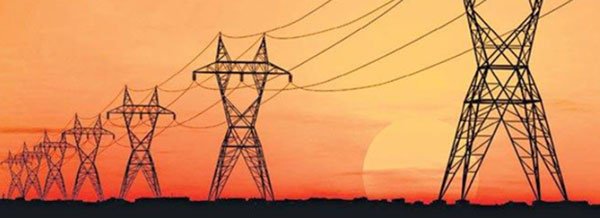Shimla, March 26,
The Himachal Pradesh Government has introduced two new cess on electricity consumption—a milk cess of 10 paise per unit and an environmental cess applicable to industrial users. However, the State government has assured that domestic consumers will remain unaffected, as subsidies continue to provide free power.
Support Independent Journalism Complete Your Membership
Choose Your Membership
Deputy Chief Minister Mukesh Agnihotri, responding to concerns in the Assembly, stated that the government has allocated Rs. 1,555 crore to the state electricity board to sustain the free power scheme for domestic consumers. Addressing the opposition’s concerns, he clarified that the environmental cess would impact only 2% of industrial power consumers, primarily stone crushers, which will bear the charge as part of their power connection expenses.
The environmental cess varies according to consumer category. Small industrial consumers will pay Rs. 0.02 per unit, medium industrial consumers Rs. 0.04 per unit, large industrial consumers Rs. 0.10 per unit, and commercial establishments Rs. 0.10 per unit. Temporary connections and stone crushers will face a higher cess of Rs. 2.00 per unit, while electric vehicle charging stations will be charged Rs. 6.00 per unit.
The milk cess, set at 10 paise per unit, aims to support the state’s dairy sector and strengthen the rural economy. Agnihotri defended the move, emphasizing that the cesses are targeted at industries with higher environmental footprints and will contribute to public welfare without impacting household electricity bills.
The opposition BJP criticized the imposition of these cesses, arguing that they would financially burden industries and households. In response, Agnihotri countered that the funds raised would support development initiatives and sustainable environmental policies. He also accused the previous BJP government of diverting temple trust funds for unrelated expenditures. The government maintains that the new levies are designed to strengthen the state’s rural economy and promote environmental conservation while ensuring that domestic consumers continue to receive free electricity.






